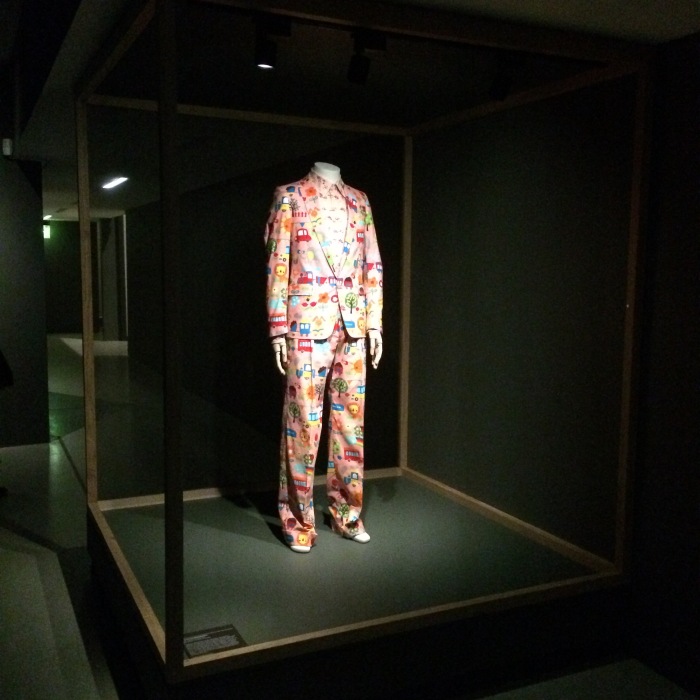
The term ‘vulgar’ comes from the Latin ‘vulgo’, which originally had a neutral acceptation, meaning ‘people’, ‘multitude’; it lately became synonym of ‘vernacular’, ‘normal’, at some point ‘fashionable’, until it gained the negative nuance that has without no doubts nowadays.
But why and how the notion of vulgarity has evolved during the last centuries?
An attempt of answering to this question has been provided by exhibition-maker Judith Clark and psychoanalyst Adam Phillips, who set up a pleasing and intelligent show at the Barbican Art Gallery about the theme of vulgarity in fashion, from the renaissance through to contemporary design.
‘Vulgarity exposes the scandal of good taste’
Adam Phillips
Each aspect of the exhibition has been deliberately chosen with a maniacal attention to the detail, for instance all the wings of the Bonami mannequins are made on purpose by artists and in the background images of Vienna’s Belvedere appear in order to establish a bridge between past and present. The overall set up result is pretty satisfying.
The challenge for the spectators is to rethink about the preconceived ideas of objects and to change their perspectives about what exactly makes something vulgar and why it is such a sensitive and contested term.
Expectations are confused, time periods mixed and the perception of high or low quality fashion pieces provoked, through the shift of the plane of perspective the public is invited to wonder: What informs what? When and where is an object from?
From Saint Laurent’s Mondrian dress to Christian Lacroix’s sketches, Chanel ‘supermarket fashion show and the unavoidable Jeremy Scott’s Moschino, over 120 stunning outfits are exhibited for an impressive, provocative and brave exposition.
What is the best lesson that The Vulgar gives us?
Whenever approaching something new , this might come in a completely different way from what is expected, and we are forced to rethink about it.